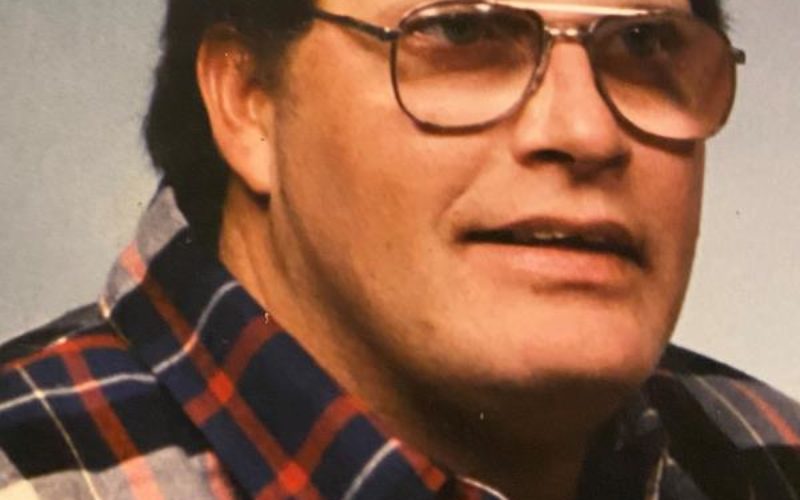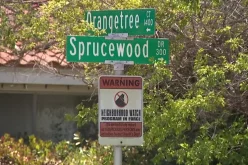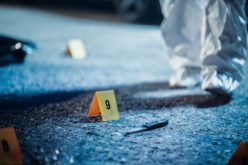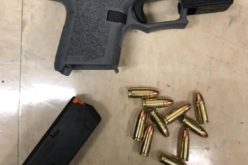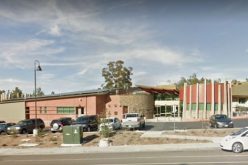Photo: Warren Robertson
Originally published as a San Diego Sheriff’s Department press release –
“On May 2, 1988, Diane Lynn Dahn did not arrive at work for her shift at the San Diego Transit Corporation. A coworker went to Diane’s apartment in the 8700 block of Graves Avenue in Santee and discovered her body inside her bedroom at around 1:30 p.m. Her son was found wandering in the apartment complex.
The San Diego County Sheriff’s Homicide Unit responded and assumed responsibility for the investigation. An extensive investigation was performed to identity a suspect.
The County Medical Examiner’s Office conducted an autopsy on Diane. She had been bludgeoned and stabbed. The cause of Diane’s death was stab wounds to the chest and the manner of her death was homicide.
In October 2000, DNA was identified from samples taken from Diane’s fingernails. Unfortunately, the profile did not yield a suspect. Further testing was done in 2001, but the profile was insufficient to place into a federal database of DNA from unsolved crimes or Combined DNA Index System (CODIS).
In June 2010, the Sheriff’s Homicide Unit’s Cold Case Team reviewed Diane’s case for additional leads and use of new technology. A hair, which had been found in Diane’s hand, was processed. A profile was developed and submitted to CODIS with no results. The profile was consistent with the sample found under her fingernails.
In May 2020, the Cold Case Team, in coordination with the Sheriff’s Crime Lab, started working on Diane’s murder using investigative genetic genealogy. After a year and a half of DNA testing and collection of familial samples, detectives developed investigative leads and identified a suspect: Warren Robertson.
An intensive investigation into Warren Robertson’s life reveals he was born in Arkansas, but spent most of his younger life in the San Diego region. In 1988, Robertson lived in the same apartment complex on Graves Avenue as Diane did. Robertson worked as a local tow truck driver. Soon after the murder, Robertson left his family and moved to Lakeside before moving to Indiana in late 1989. Robertson lived in Indiana until his death in a house fire on November 25, 1999. Robertson was 39 years old at the time of his death.
Through further DNA testing, Robertson was determined to be the donor of the previously unknown DNA. The investigation revealed substantial and convincing evidence that Robertson had murdered Diane.
Cold Case detectives did not determine Robertson and Diane knew each other. However, both were known to be race enthusiasts and attended stock car races at the El Cajon Speedway during the time of her murder.
The Sheriff’s Homicide Unit only utilizes investigative genetic genealogy when all other methods have been exhausted. This technique combines the science of DNA with the art of genealogy. In this case, the goal was to find relatives whose own DNA profile matched those of an unidentified suspect in Diane’s murder. The suspect’s profile was developed and uploaded into commercial genealogy sites that allow law enforcement agencies to participate. Only people who gave consent to participating with law enforcement are visible to detectives.
The Cold Case Team then formed family histories in the form of “trees,” which led detectives to other potential relatives of Robertson. This process was so exhaustive, nine family trees were constructed with nearly 1,300 people connected to Robertson either through blood or marriage.
When speaking with relatives, detectives identify themselves, tell the person what they are investigating, explain the process, and ask for their assistance. This process eventually led investigators to closer relatives and ended with contacting Robertson’s direct relatives who provided DNA samples, which confirmed the identification.
This murder would likely have gone unsolved if not for the use of investigative genetic genealogy. The Sheriff’s Department would like to thank everyone who spoke to us and provided valuable information throughout our investigation.
Acting Sheriff Kelly Martinez says, “The San Diego County Sheriff’s Department is committed to bringing answers to families no matter how long ago the crime occurred. I commend the Sheriff’s Homicide Unit and Crime Lab for doing an amazing job of collecting and preserving evidence nearly 34 years ago that was able to be used today. I also want to thank our Cold Case Detectives and Analysts in the Sheriff’s Homicide Unit for relentlessly pursuing justice. They kept reviewing Dahn’s case using modern DNA technology. I hope this brings some sense of peace and healing to the victim and her family.”
The family of Diane Dahn reflected on their grief and the years spent wondering who was responsible for the murder of their loved one. They thanked everyone in the Sheriff’s Homicide Unit who worked on the case.
Victoria Dahn-Minter says, “34 years is a long time to be in a state of grief and immense sorrow. Not knowing almost consumed me. My sister was an amazing person, she loved life and always played the violin and guitar. It’s unfortunate my nephew never had the chance to know his mom. She was a great mother. The detectives did such a wonderful job. They were persistent. Whenever I would call to follow up, they knew Diane’s name and her case right away. I didn’t think anything was ever going to happen. It doesn’t make the pain go away, but at least there’s an answer.”
Mark Beyer was only two years old when his mother was murdered. He was found wandering the apartment complex when deputies arrived at the crime scene. He has no recollection of the incident, but was glad to finally get answers just two weeks after what would have been his mom’s 63rd birthday.
“Looking back some of the struggles you go through is you feel alone because of what you went through, you lost your mother. You know you have family, you know you have family who loves you, but sometimes you do feel alone all the time. Just good work for the Homicide Unit that I was so blown away when I heard the story of how it actually transpired. Like how you go from what little information you have to building a case like that was truly impressive. The answers that my family received is closure and closure is everything even after so much time had passed.”
To watch the full video statement of Mark Beyer and additional photos of Diane for broadcast or publication of a news story, click here.
This is the fifth time the Sheriff’s Homicide Unit has used investigative genetic genealogy to solve a cold case.”

